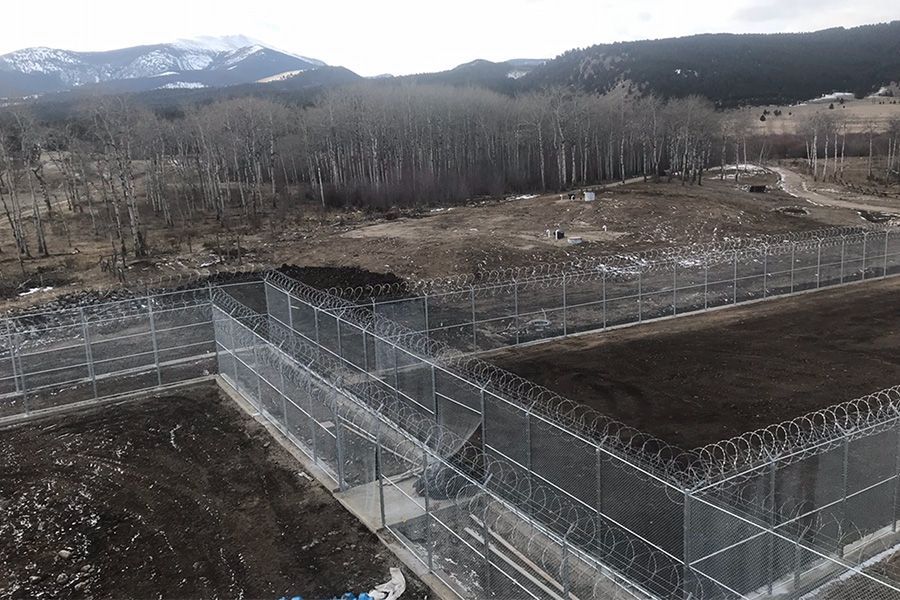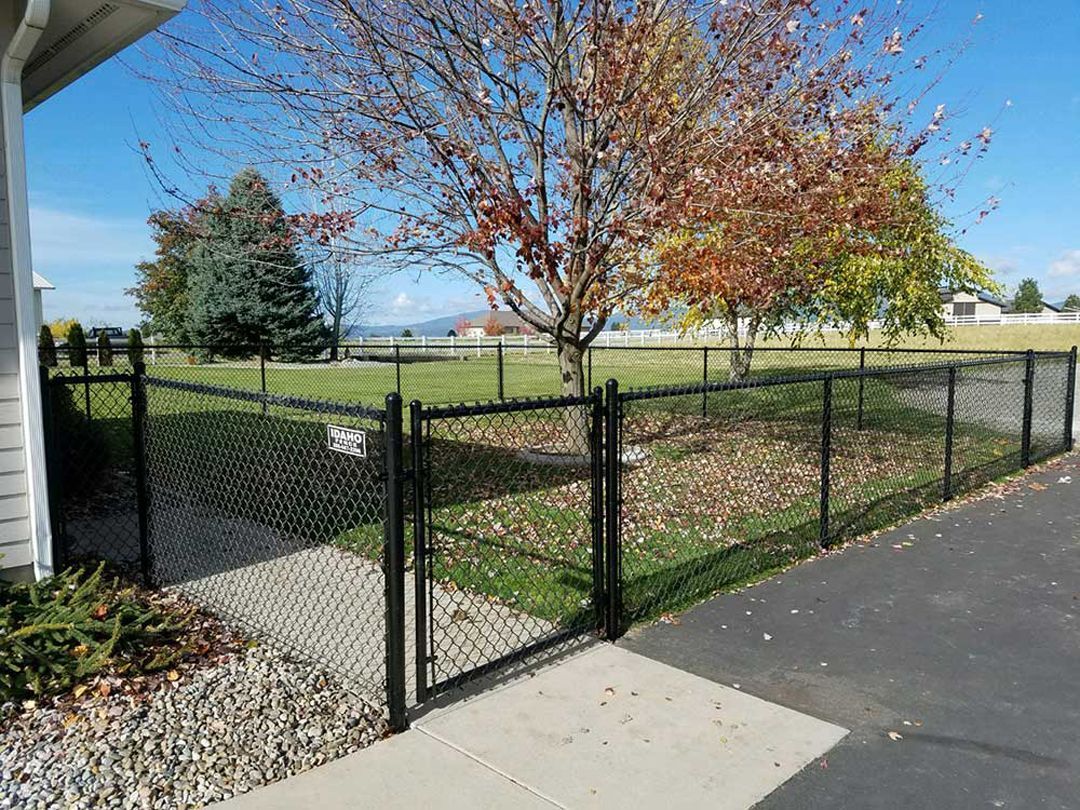Importance of Sustainable Materials
As environmental awareness grows, more homeowners are choosing eco-friendly fencing options to reduce their carbon footprint. Choosing green materials not only helps the planet but can also elevate your property’s aesthetic appeal.
Sustainable fencing options generally use renewable resources, recycled materials, or low-impact production methods. These choices can significantly lower waste, energy use, and emissions compared to traditional fencing materials.
Why Bamboo Is an Ideal Eco-Friendly Fencing Option
Bamboo is a fast-growing, renewable resource that has emerged as a popular choice for eco-conscious homeowners. Its natural strength and aesthetic appeal make it a adaptable fencing material. Here’s why bamboo is a leading option:
- Rapid Growth: Bamboo can grow up to 3 feet per day, making it a easily replenishable resource.
- Minimal Environmental Impact: Harvesting bamboo causes lower environmental impact than other wood types.
- Stylish Design: Bamboo fencing offers a earthy look that complements a variety of landscaping styles.
Bamboo fences can be installed as panels or flexible rolls, making them adaptable for different fencing needs.
Recycled Materials for Fencing
Recycled materials are another outstanding choice for eco-friendly fencing. These options frequently repurpose waste products into durable, attractive fences:
- Recycled Plastic: Made from post-consumer waste like bottles and containers, these fences are long-lasting.
- Composite Fencing: Combines recycled wood and plastic for a durable, wood-like appearance with easy care needs.
- Metal Fencing: Recycled aluminum or steel fences offer a sleek look while utilizing repurposed materials.
Using recycled materials not only reduces landfill waste but also reduces the need for virgin resource extraction.
Sustainable Fence Maintenance Practices
Eco-friendliness doesn’t stop with material selection; proper maintenance can also help reduce your fence’s environmental impact. Here are some suggestions for sustainable upkeep:
- Use Natural Cleaners: Avoid chemical-based cleaners and opt for solutions like vinegar and water to clean your fence.
- Choose Low-VOC Paints or Stains: When refinishing, use products with minimal volatile organic compounds to reduce emissions.
- Repair Instead of Replace: Fixing damaged sections of your fence reduces waste and extends its lifespan.
With these practices, you can extend the life of your fence while staying committed to sustainability.

